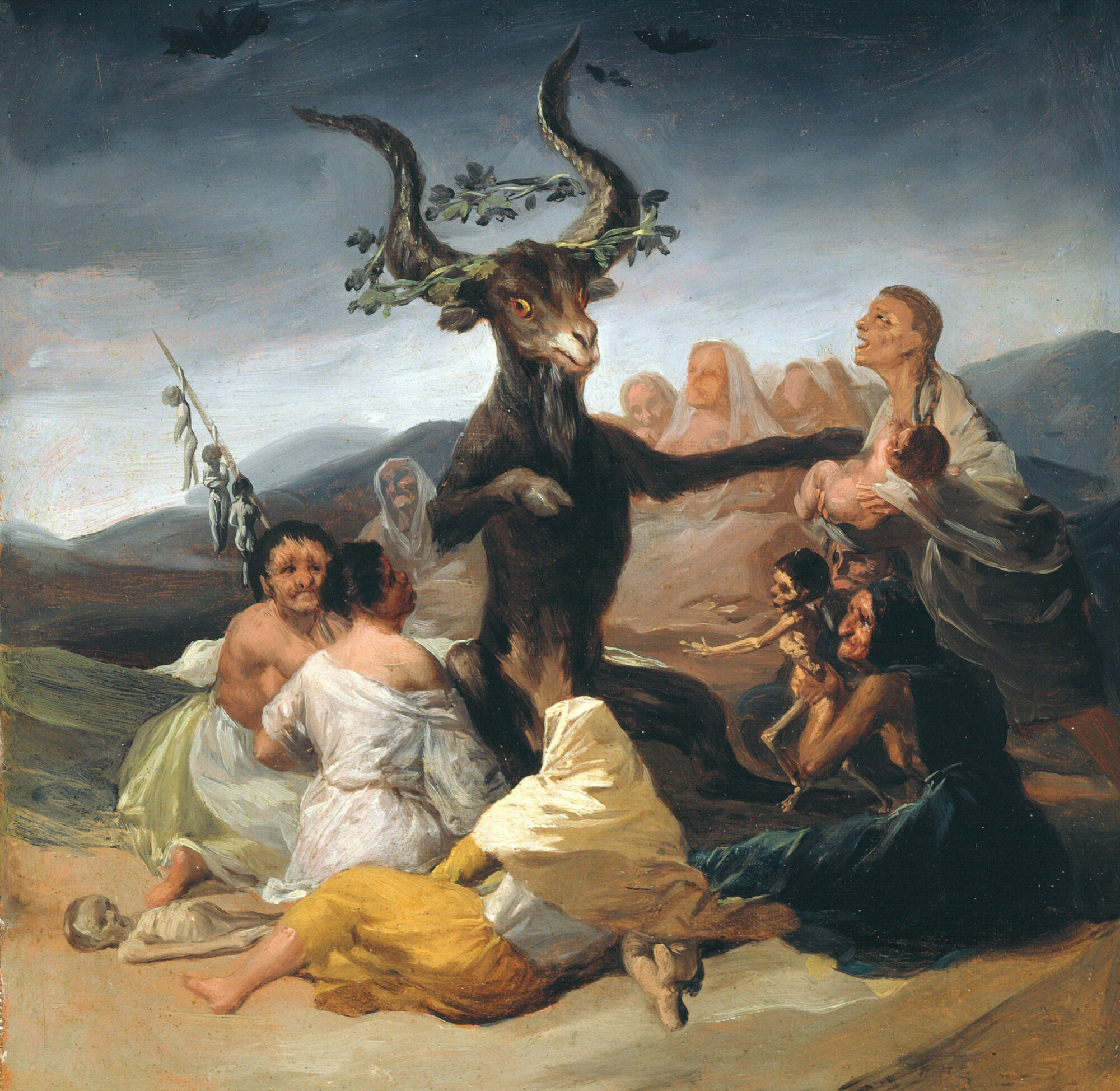Jan 20, Jan 27, Feb 10. March 10
Learning how to read secondary sources is a key skill for students of history. Such material frames our understanding of historical topics, yet the foundational blocks of how to read, comprehend, and extract meaning from such material is often a mystery for students, even in upper-level courses.
Adapted from Tyson Seburn’s Academic Reading Circles (The Round, 2016), this assignment is designed to provide you with a framework for deep comprehension of the historical texts we are reading for HIST 458/707. Described as “a group of readers circled around a common text used for an academic purpose” (Seburn, 2016), Academic Reading Circles (ARC) are based on completing individual roles focused on a text that are then explored collaboratively through in class group work.
Sign up for Academic Reading Circle roles will take place in class and on the chatboard. I will post who is signed up for each role in the “week by week” section.
The goals of this assignment are to help you learn to:
- Identify an author’s main argument
- Understand how the author has structured the text (book or article) to support that argument
- Place the text in its historiography and consider how the academic community has responded to it
- Identify the primary sources used by the author and explore how these sources were used to develop the author’s main points
- Connect the material in the text to other course readings, other courses, and contemporary popular culture
Academic Reading Circle Roles
- ARGUMENT SPECIALIST
GOAL: Identify and explain the author’s central argument in the text.
Preparation:
- Provide a quotation of the author’s main argument
- Paraphrase that argument in your own words
- Assess whether or not you think the author was successful in proving their point
- Develop two questions for discussion based on the main argument of the text
- FRAMEWORK SPECIALIST
GOAL: Identify the structure of the text and determine why this structure was used by the author.
Preparation:
- Provide an outline of the text’s structure–what chapters/sections are included?
- Indicate how the chapters/sections relate to one another.
- Explain why you think the author structured the text in this manner.
- Develop one question for discussion based on the structure of the text
- HISTORIOGRAPHY SPECIALIST
GOALS: Identify the relationship of this text to other works on similar topics. Assess how this text was received within the scholarly world.
Preparation:
- Provide a list of the main secondary sources this text discusses. These sources should be books or articles that are mentioned frequently in the text. HINT: In books, the main historiography is usually explored in the introductory chapter; for articles, they tend to appear in either a historiography section nearby the beginning of the text OR are referred to frequently throughout it. This list should not be exhaustive (do not include every secondary source mentioned by the author) but rather it should include at least 3-4 secondary sources that the author is placing their work in relation to.
- What does the author say about these texts? How do they discuss the texts in relation to their work?
- For BOOKS only: Look up TWO book reviews for your book. You can find them using article databases through the library online (ask a librarian for help if needed). How did reviewers respond to this book? Was it received positively or negatively? Do they discuss the contribution that the book makes to the field of study and if so, what do they say?
- EVIDENCE SPECIALIST
GOAL: Identify the central body of primary sources used by the author and assess their importance in developing the main arguments.
Preparation:
- Provide a list of the main primary sources that your author is working with. These sources can be archival (manuscript–unpublished sources held in an archive somewhere) or printed/published sources.
- Indicate the genre (the type/kind) of source, its original language, what time period and where the sources are from.
- How does the author use these sources as evidence to support their arguments?
- CONNECTOR
GOAL: To connect this text to other secondary sources we have read in this course AND to topics/sources you have read in other history courses.
Preparation:
- Provide a list of five ways this text relates to other material we have read in our course.
- Provide an example of how this topic this text explores is represented in modern popular culture (meme, video, film, television show, work of fiction etc.)
- Relate this text and/or its topic to other courses you have taken (history or another subject). What connections do you see?
